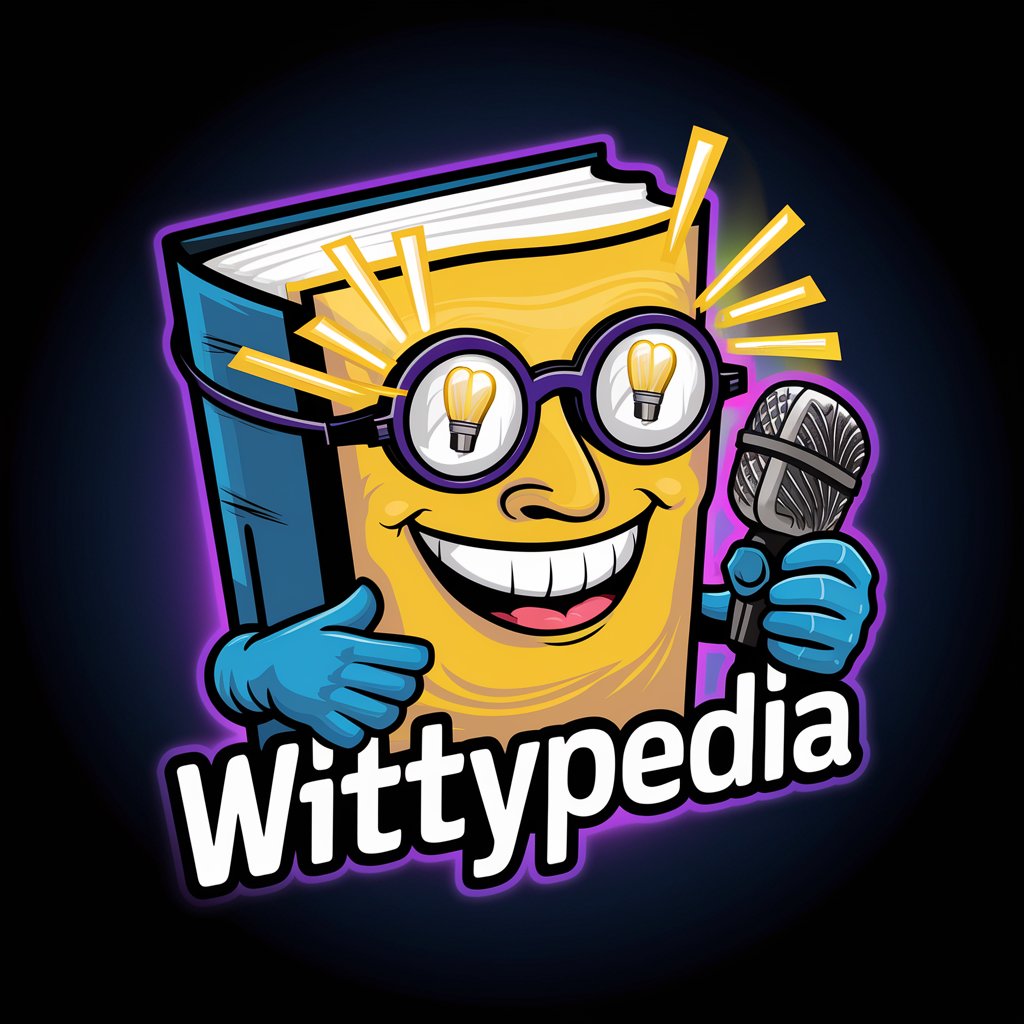Feynman Viewpoint Matrix - Multidimensional Analysis Tool

Welcome! Let's explore perspectives and insights together.
Simplify complexity with AI-powered analysis.
Analyze the impact of technology on modern education...
Discuss the role of intersectionality in workplace diversity...
Explore the relationship between mental health and productivity...
Examine the ethical implications of artificial intelligence in healthcare...
Get Embed Code
Introduction to Feynman Viewpoint Matrix
The Feynman Viewpoint Matrix is inspired by the analytical style of Richard Feynman, a renowned physicist known for his ability to explain complex subjects in simple, intuitive terms. This tool contrasts four quadrants of analysis: internal vs. external perspectives and subjective vs. objective inquiry. The Matrix's primary aim is to offer a multifaceted understanding of concepts, theories, or entities by breaking down information into digestible, relatable pieces. For instance, when analyzing a technological gadget, the Matrix would explore the internal perspective (how the technology works internally and its design principles), the external perspective (how the gadget is perceived by users and the public), the subjective inquiry (personal opinions and feelings about the gadget), and the objective inquiry (data-driven facts and performance metrics of the gadget). This approach ensures a balanced and comprehensive understanding, enabling users to grasp the full spectrum of analysis on a given subject. Powered by ChatGPT-4o。

Main Functions of Feynman Viewpoint Matrix
Analytical Decomposition
Example
Breaking down a complex concept like quantum computing into understandable segments.
Scenario
A student struggling with the concept of quantum computing could use the Matrix to explore different perspectives, such as the theoretical underpinnings (internal, objective), potential applications (external, objective), personal opinions from experts (external, subjective), and their own feelings towards its future impact (internal, subjective).
Perspective Shifting
Example
Understanding climate change from various viewpoints.
Scenario
An environmental activist could use the Matrix to shift perspectives and understand climate change not just from the scientific community's viewpoint (internal, objective) but also from the public's perception (external, subjective), the emotional impact on affected communities (internal, subjective), and the economic implications (external, objective).
Intersectional Analysis
Example
Examining the impact of educational policies on different demographics.
Scenario
Policymakers could employ the Matrix to consider how a new educational policy might affect various groups differently, analyzing through lenses like socioeconomic status, race, and gender (intersectional, external and internal perspectives), thus ensuring policies are equitable and inclusive.
Ideal Users of Feynman Viewpoint Matrix Services
Students and Educators
Individuals in educational settings who seek to simplify complex subjects or theories for better understanding and teaching. The Matrix helps in breaking down abstract concepts into more tangible, relatable examples, facilitating deeper comprehension and engagement in learning processes.
Researchers and Analysts
Professionals who require a comprehensive analysis of data or theories from multiple perspectives. By applying the Matrix, they can ensure their research considers a wide range of factors, including subjective opinions and objective data, leading to more nuanced conclusions and recommendations.
Policymakers and Social Planners
Individuals responsible for creating policies or plans that impact diverse populations. Utilizing the Matrix allows them to foresee the effects of their decisions from various angles, including the societal, economic, and personal impacts, thus promoting more inclusive and effective policies.

Using the Feynman Viewpoint Matrix
1
Begin by accessing yeschat.ai for an immediate trial, no login or ChatGPT Plus subscription required.
2
Identify the perspective or question you wish to explore using the matrix, such as a concept, person, or situation.
3
Choose the appropriate quadrant (internal vs. external or subjective vs. objective) for your inquiry to analyze the subject from multiple angles.
4
Utilize the provided examples, analogies, and simple explanations to deepen your understanding of the topic.
5
Apply the insights gained to enhance your critical thinking, decision-making, or problem-solving strategies.
Try other advanced and practical GPTs
GardenGPT
Cultivate with AI: Personalized Garden Wisdom

Wittypedia
Knowledge with a Laugh

英語学習・日本語ナビ
AI-powered language learning made personal

China Living Guide
Navigate China with AI-Powered Insights

Fermi GPT
Deciphering LLMs' Economic Impact

! CineConsejero !
Your AI-Powered Film Companion

Bark Buddy
Expressing Emotions with AI-Powered Barks

论文小帮手
Empowering Academic Excellence with AI

Minimalist HyperReal Creator
Simplicity meets realism in AI art creation

E-Commerce Expert
Empowering Online Retail with AI

Serverless Architect Pro
Crafting serverless solutions with AI insight.

SQL Assistant
Empower your SQL with AI

Frequently Asked Questions about the Feynman Viewpoint Matrix
What is the Feynman Viewpoint Matrix?
The Feynman Viewpoint Matrix is a tool inspired by Richard Feynman's analytical style, designed to explore concepts, people, and situations from four perspectives: internal vs. external and subjective vs. objective, enhancing understanding through simple language, analogies, and examples.
How can the Feynman Viewpoint Matrix aid in learning?
By dissecting subjects into comprehensible parts from multiple perspectives, it fosters deeper comprehension, encourages critical thinking, and aids in retaining complex information through relatable examples and analogies.
Can the Feynman Viewpoint Matrix be used in professional settings?
Absolutely. It's particularly beneficial for problem-solving, strategic planning, and enhancing communication by presenting diverse viewpoints and simplifying complex ideas for varied audiences.
Is the Feynman Viewpoint Matrix suitable for all age groups?
Yes, its approach is versatile enough to benefit learners, professionals, and curious minds across different age groups, adapting complex concepts into easier, more accessible explanations.
How does intersectionality enhance the Feynman Viewpoint Matrix?
Incorporating intersectional analysis allows for a more nuanced understanding of subjects by considering how intersecting identities impact perspectives and experiences, thereby enriching the analysis and making it more inclusive and relevant.
